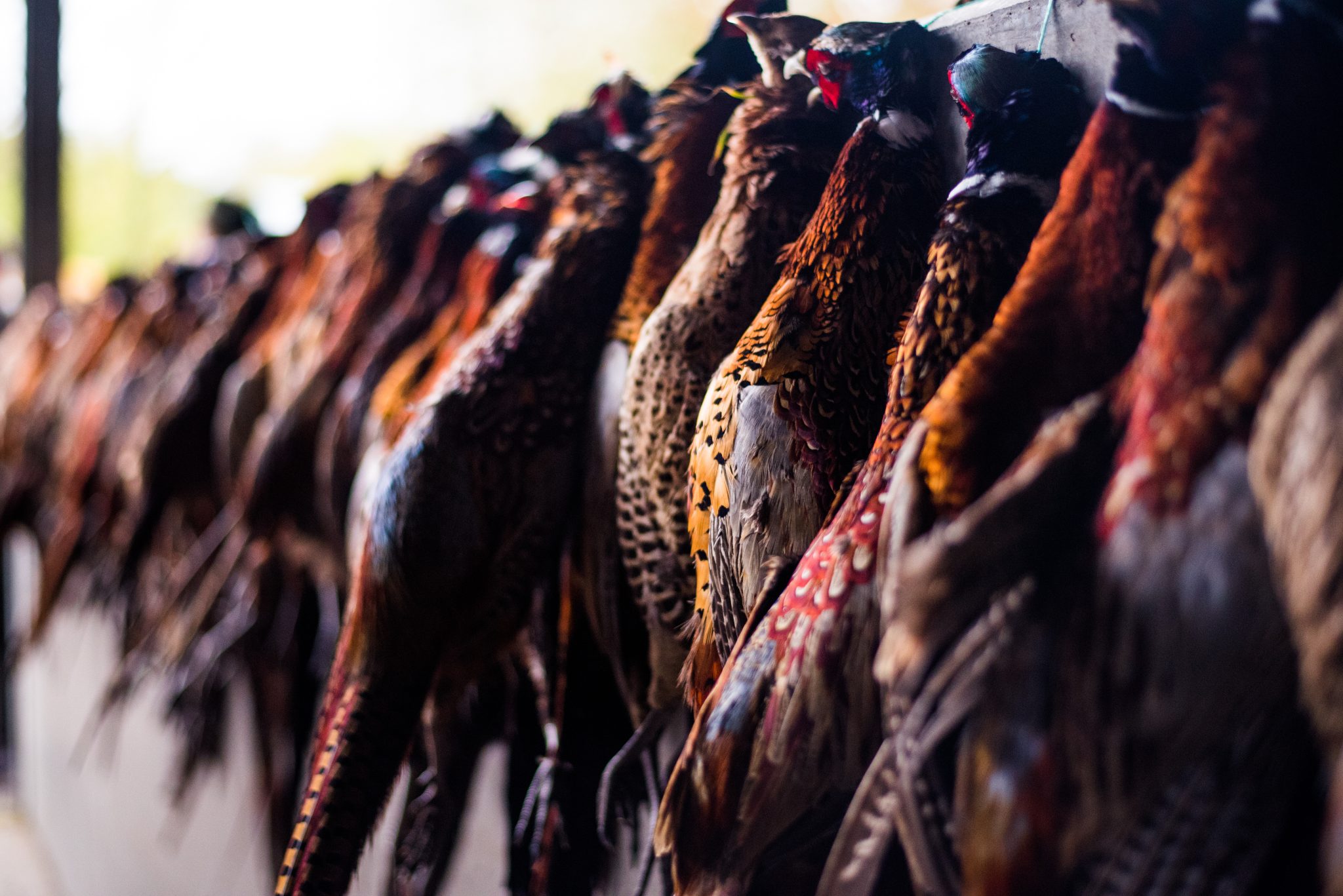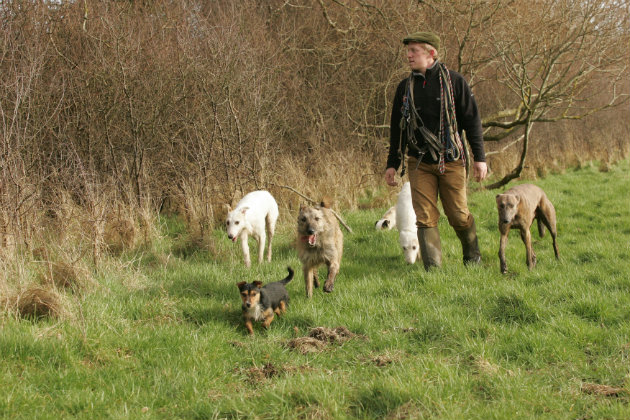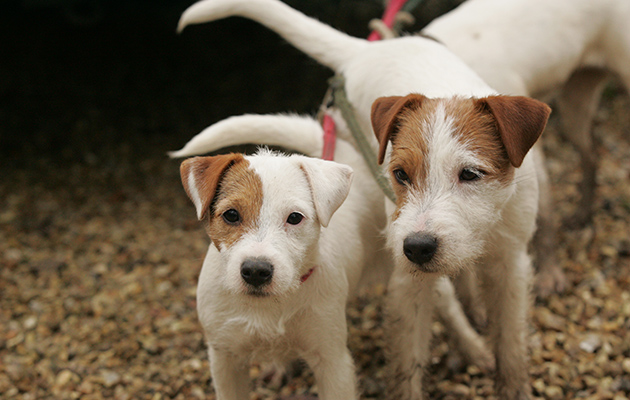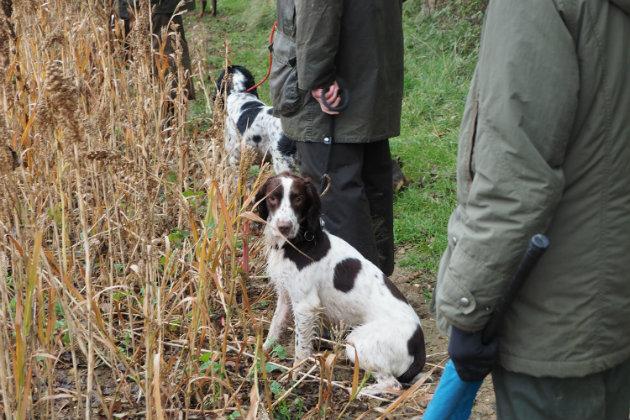After an enjoyable season in the beating line with his spaniel, David Tomlinson asks what traits a dog needs to…
Win CENS ProFlex DX5 earplugs worth £1,149 – enter here
Can terriers work in the beating line?
<strong>Terriers are an asset in the beating line, says David Bezzant after observing a Jack Russell at work on a shoot</strong>
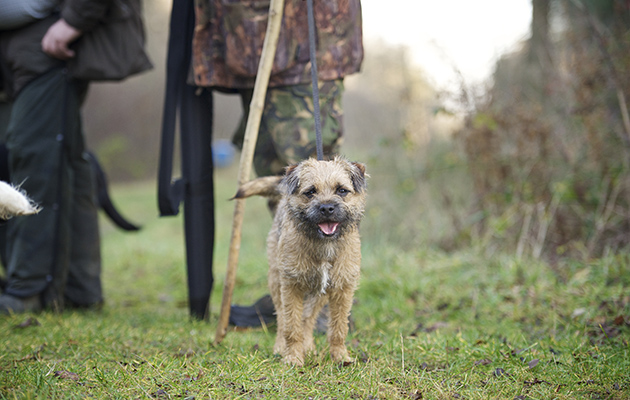 border terrier
border terrier
Q: I acquired a little roughcoated terrier from a gentleman who could not look after it any more. It is about three and is quiet, friendly and loves fetching things around the house and garden. It does not grip or tug, but releases everything really gently. When we go for walks it is never on the lead, comes back when it is called and has the odd chase after rabbits, but soon comes back. Do you think I could take it shooting and perhaps work it in the beating line with a bit of training?
A: I have seen a wide variety of different types of dog used in the beating line, including several terriers. Some were really useful additions to the beating team and were well under control, but unfortunately the odd one would catch and kill game. I knew one owner in particular who made great efforts to stop his Jack Russell doing that and eventually succeeded, which meant it was welcome on every shoot.
My father had several terriers when I was growing up and they were used for everything to do with shooting and ferreting. They were trained to retrieve and though nothing came back alive it was always still fit to be prepared for the table. I am sure your happy little terrier would enjoy the chance to go shooting, but first make sure he is not nervous of gunfire and if that is not an issue then a few retrieving lessons to get him experienced with fur and and feather-covered dummies and subsequently cold game would make him better prepared. Work also on his steadiness to dummies and rabbits.
Plenty of positive reinforcement, using treats if you like, will make the training process enjoyable for you both and success should follow.
Here’s an article from the 2011 Shooting Times archives, on terriers in the beating line.
Terriers in the beating line are an asset, says David Bezzant
A terrier was the last breed of dog my brother John expected to see on the still September morning when he turned up for a day’s beating. But there, as bold as brass, standing in the middle of the cocker spaniels and energetic springers, was Molly, a little tri-coloured Jack Russell, totally oblivious to the fact that she was the odd one out.
Some of the gundog owners who were unfamiliar with Molly cast scornful looks in her direction, no doubt imagining that upon being liberated from the lead she would turn into a yapping tyke, racing uncontrollably to and fro, snapping menacingly at their dogs and scattering the birds to the four winds.
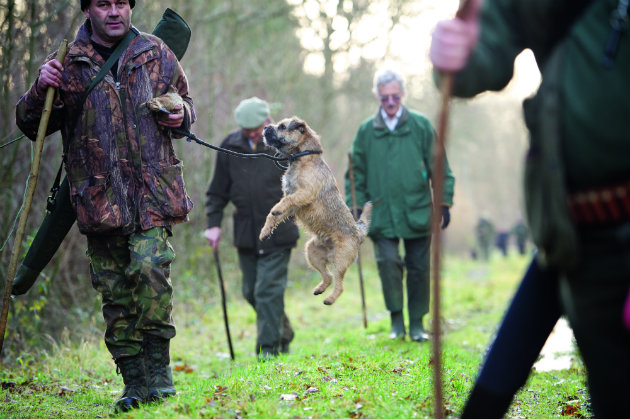
Quite a few owners of well-trained gun dogs have a terrier tucked away somewhere
Unorthodox but effective
On the contrary, she stood peacefully at the feet of her owner, Stanley. In return for putting himself through the physical rigours of a season’s beating, Stanley was given rabbiting rights on land belonging to the farmers who made up the syndicate.
As the first drive of the day got underway, Molly began to work her way methodically through the rough ground, then came to a sudden halt, before pouncing at a tuft of grass concealing a pheasant, which in response rapidly took flight. It may have been an unorthodox way to flush birds from the cover, but it was nevertheless effective, and Molly’s ready response to her master ensured that she remained in line and under control.
Terriers working as a team
During the course of the morning, John noticed a definite difference between the way the spaniels and Molly worked. The spaniel is without doubt in possession of a far more sensitive nose for bird detection than the average terrier, though there are reliable accounts of Border and Irish terriers capable of pinpointing every bird in the neighbourhood. Molly was not of this ilk, and so relied on a combination of enthusiasm, hard work and curiosity to discover what a spaniel would with its nose. The spaniels also displayed a far more congenial approach to getting the pheasant airborne, which is not always easy. One spaniel that encountered a particularly objectionable pheasant attempted to cajole it into flight by gently pushing it with its nose. Again and again, with a pleading expression on its face, the cocker pushed the bird, but all to no avail.
Sensing the spaniel’s frustration, Molly rushed at the pheasant and in the process secured a mouthful of feathers, scaring it into taking to the air.
With the succeeding drives, my brother, who was beginning to suffer from the combined effects of hunger and exhaustion, encountered a jungle of intertwined brambles that seriously slowed the beaters, much to the keeper’s annoyance. It was here that the terrier began to excel. Molly exhibited her talent for negotiating a path through the densest undergrowth. Oaths were muttered as the beaters felt the raking effect of thorns against their skin, but Molly appeared to be immune to any pain as she pushed her way resolutely forward, denying the birds any respite.
The combination of a small compact body, toughness and the expectation that they can get anywhere is what makes working terriers such skilful movers through the most energy-sapping and impenetrable vegetation that the larger spaniels struggle with, particularly as their sensitive long ears can sometimes get snagged by the brambles.
Close co-operation
Far from resenting Molly’s easy progress, some of the cockers intelligently followed the path that she made, which was typical of the closeness and co-operation that the dogs had exhibited all day. Terriers have a long history of working closely with other dogs and still commonly operate in packs. Molly herself usually hunts alongside three other terriers and encountered no difficulty in being teamed up with good-natured spaniels. Both had something different to offer and were far more interested in getting on with their job than anything else.
Clearly there is no reason why working terriers cannot prove useful on a driven shoot. They possess the stamina and capacity to cover a huge area of ground more thoroughly than human beaters and in overgrown locations that conceal pheasants of an especially wilful disposition can prove to be an invaluable assistant to the gundogs.
Related Articles
Get the latest news delivered direct to your door
Subscribe to Shooting Times & Country
Discover the ultimate companion for field sports enthusiasts with Shooting Times & Country Magazine, the UK’s leading weekly publication that has been at the forefront of shooting culture since 1882. Subscribers gain access to expert tips, comprehensive gear reviews, seasonal advice and a vibrant community of like-minded shooters.
Save on shop price when you subscribe with weekly issues featuring in-depth articles on gundog training, exclusive member offers and access to the digital back issue library. A Shooting Times & Country subscription is more than a magazine, don’t just read about the countryside; immerse yourself in its most authoritative and engaging publication.





